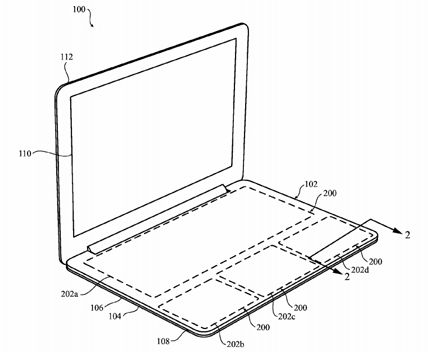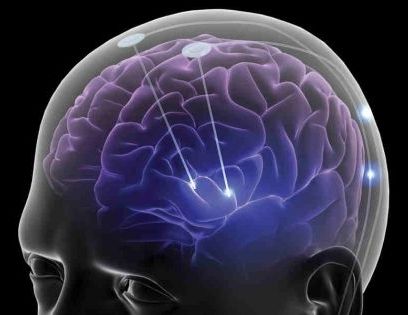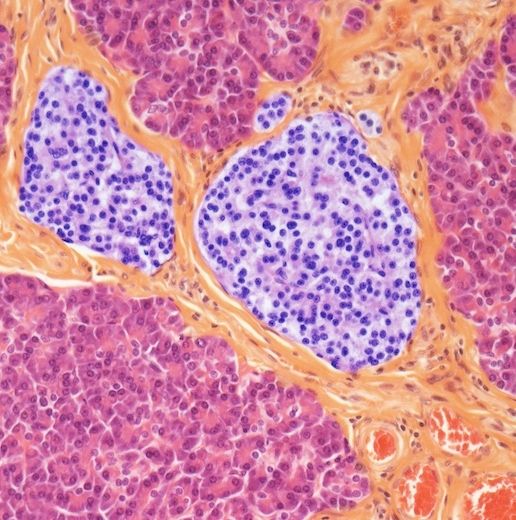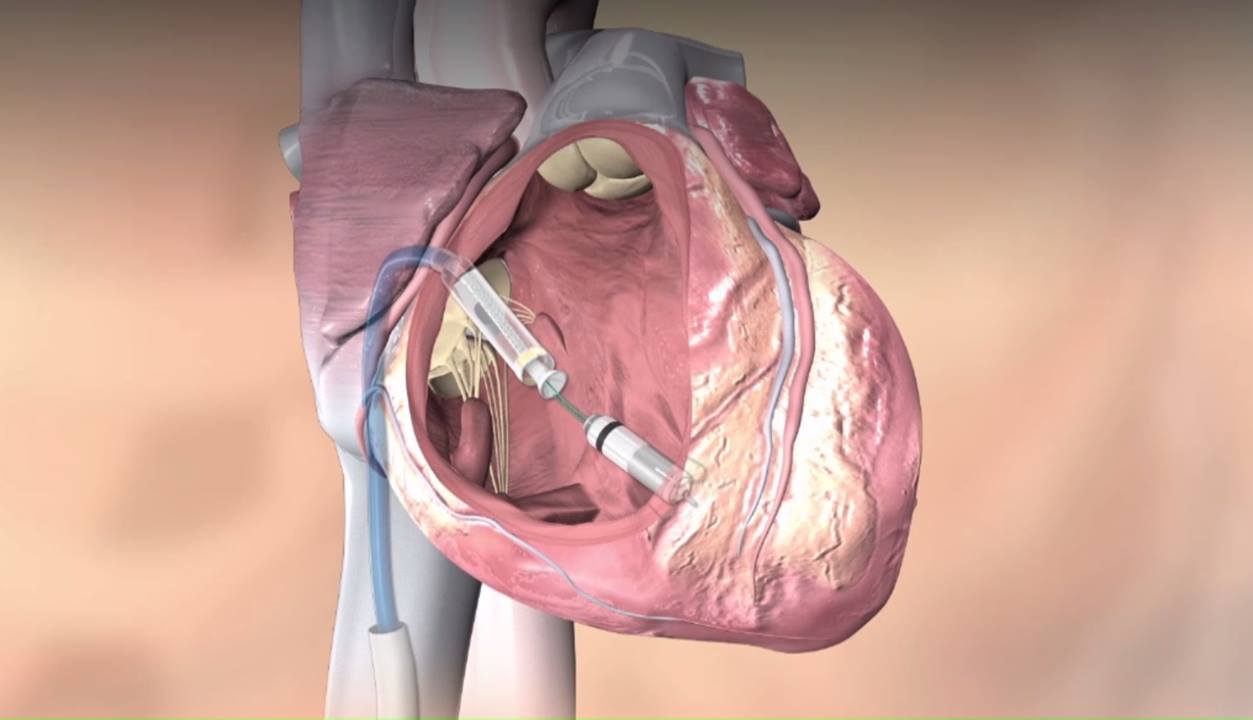
A new patent filed by Apple could offer a glimpse into the future of MacBook design, and it would be a much less tactile experience. The patent for a “Configurable Force-Sensitive Input Structure for Electronic Devices” was filed in September 2014 and was made available to the public last week. It describes a haptic-powered touch keyboard for devices like laptops. Such a device wouldn’t have any physical key switches, just a touch-sensitive layer with virtual keys.
The system would essentially consist of a large metal contact layer with the ability to sense not just touches, but the amount of force applied — 3D Touch, basically. The user would tap a key, which is really just a configurable area of the surface, and they get a haptic jolt to simulate pressing a key. The array of keys on the virtual keyboard would be marked by a light guide shining up from underneath.
Apple files patents on plenty of things that never see the light of day, but this seems like something it might want to use. Of course, that assumes it can get anywhere close to a real typing experience in terms of speed and accuracy. The company is constantly trying to slim down its MacBooks, to the point that it went all-in with USB Type-C on the latest MacBook Air. The keyboard is one of the thickest single components of the device now. If the physical keys could be done away with, the computer could approach tablet levels of thinness.
Continue reading “Apple files patent for haptic touch laptop keyboard” »

















